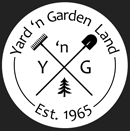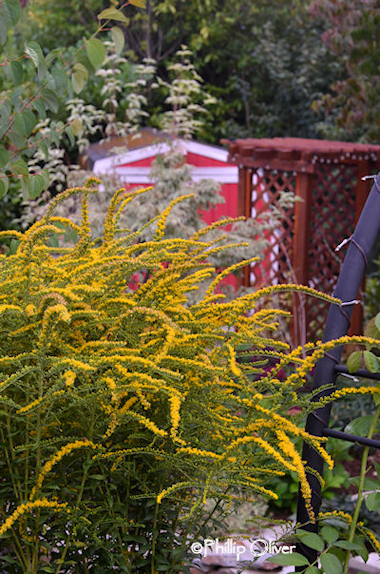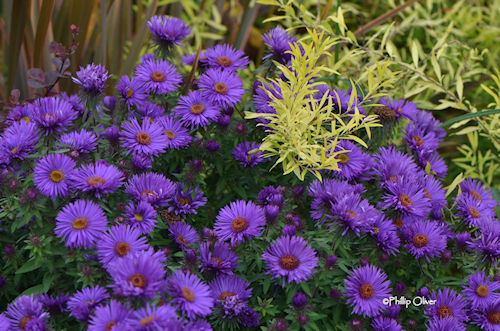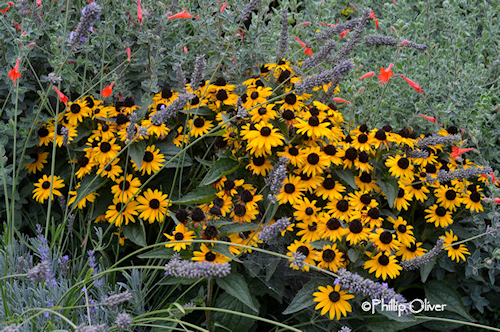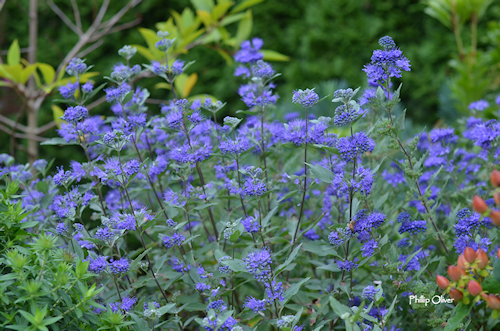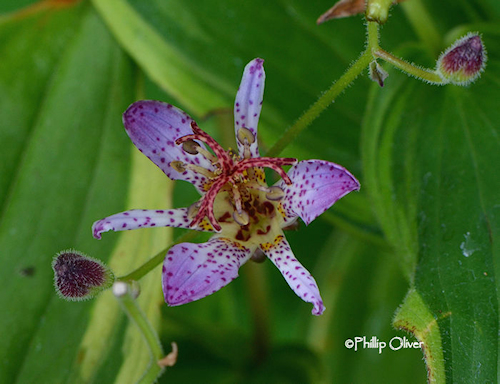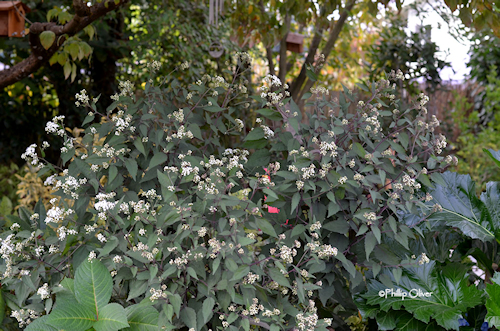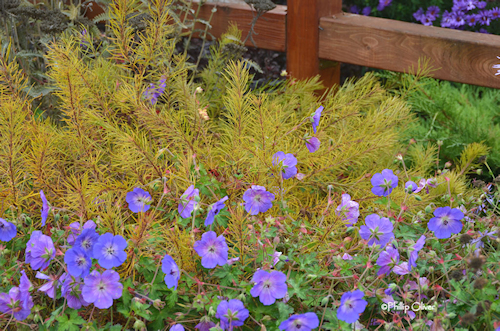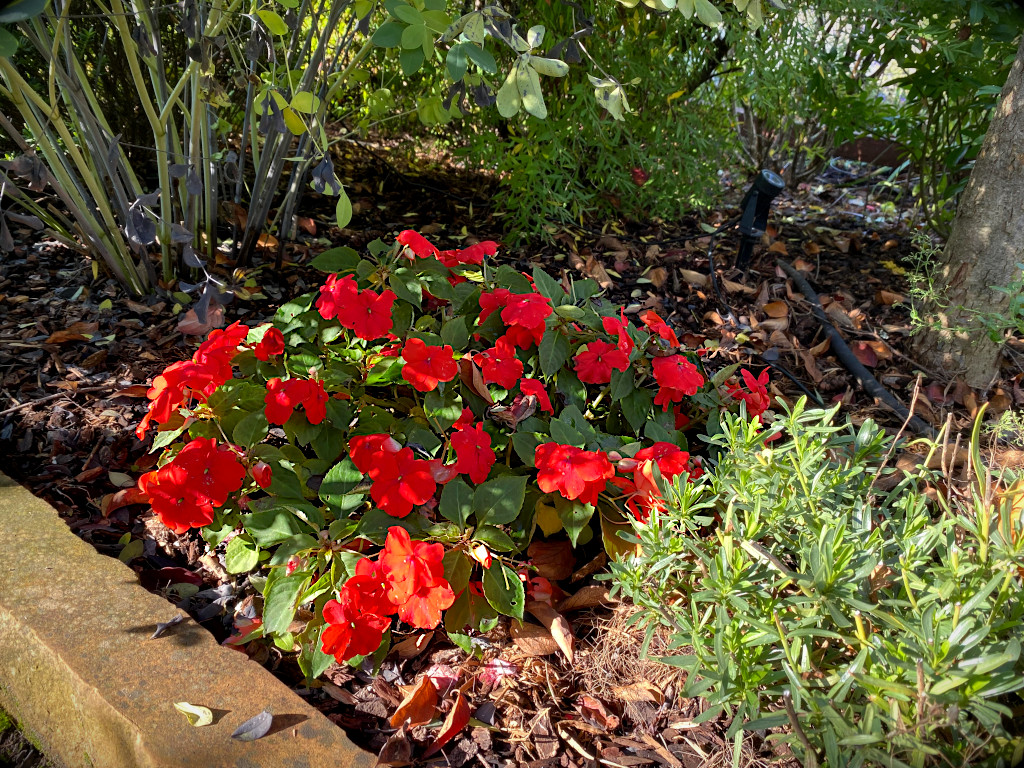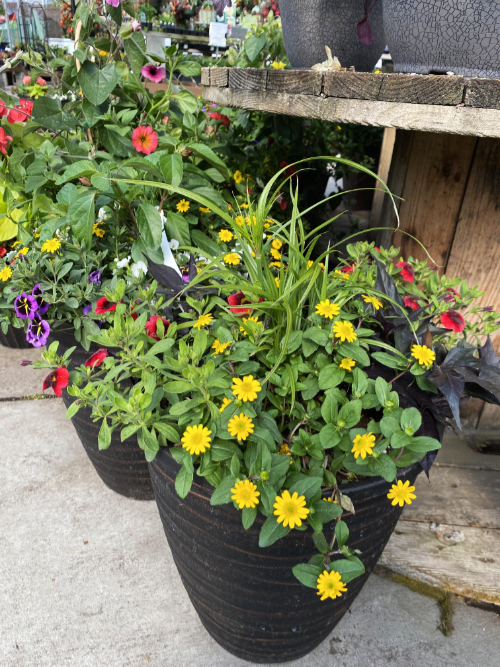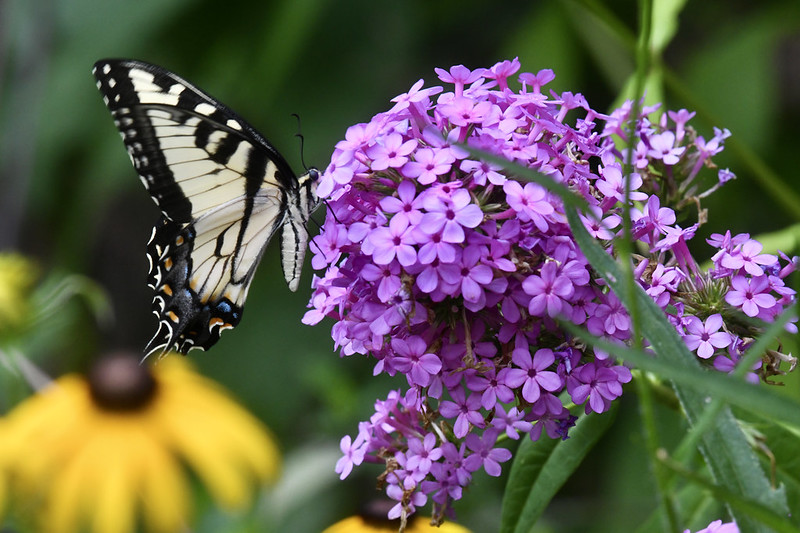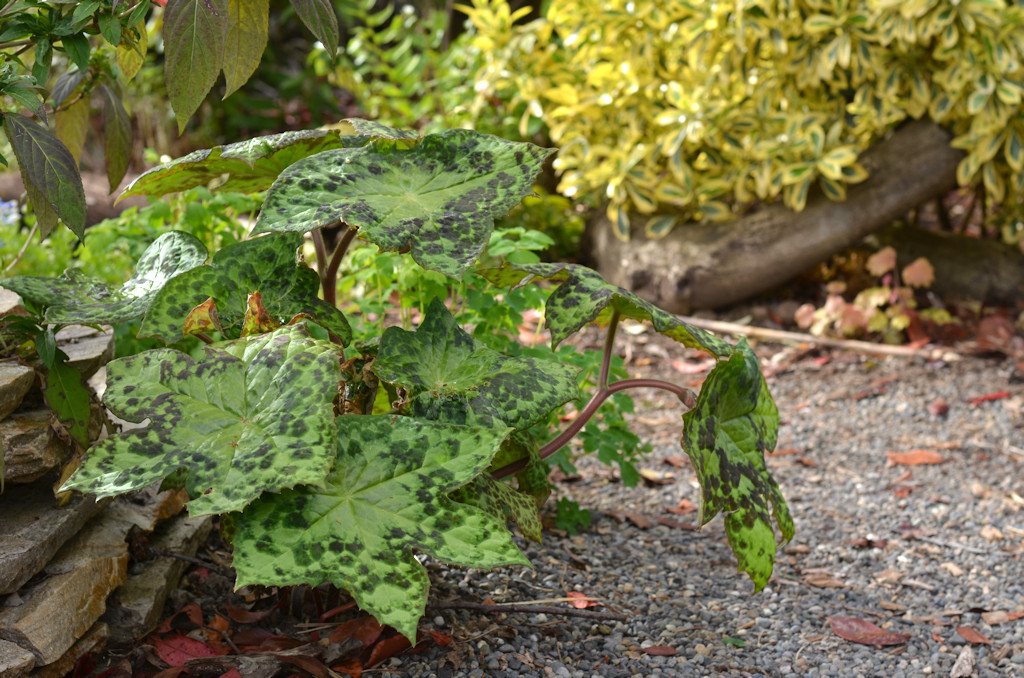Perennials for Fall
When you think of Fall, you might visualize trees and shrubs transitioning into dramatic shades of orange, gold and red. You might consider perennials as summer attractions but there are many that that begin to bloom in late summer or early autumn and some of them change foliage color as well.
Fall is an excellent time to plant perennials in your garden.* While they will probably not bloom for you this year, you can be assured that by next fall, the plants will have developed strong roots and put on a spectacular show.
Here are some of the best perennials for the fall garden. These are available in our greenhouse. Please ask an employee to help you locate them.
Solidago ‘Firework Goldenrod (Solidago) – If there is one perennial that heralds the arrival of autumn, it has to be Goldenrod. Beginning in late August and early September, the yellow blooms begin to open, providing bright color on elegant, curving stems. They are easy to grow in full sun or light shade and tolerate a variety of soil conditions (they actually do better in plain soils as too much rich, organic content will cause them to flop.) They are attractive to bees and butterflies and are deer resistant. ‘Fireworks’ grows to about 4 feet tall. If you prefer a shorter variety, try “Crown of Rays” which only gets to 2 feet. Contrary to popular belief, goldenrod is often confused with ragweed, which causes allergies. Goldenrod is perfectly safe and does not affect allergies.
Anemone – Also known as “windflowers”, these beautiful flowers, in shades of pink and white, begin to appear in late August or September on 2 to 5 feet plants that will form clumps. They prefer a location in partial sun or light shade. They work well in a woodland garden setting among hostas and ferns. They are also fine in perennial borders or planted underneath trees or tall shrubs. Plant in moderately rich soil with good drainage.
Asters – There are a wide array of asters to choose from and many different types. Here we are referring to hardy asters, those that should be planted in the ground and will return year after year. They begin to bloom in late summer or early fall, depending on the variety, and are some of the most beautiful flowers for the fall garden. ‘Purple Dome’, pictured above, forms a neat dome shape that is covered by deep purple flowers and burnt orange centers. It blooms later (beginning in mid-September) than ‘Monch’ which has light lavender flowers with yellow centers and begins to flower in July and August. We also have ‘Prince’ (aka ‘Calico Aster’) which has dark burgundy foliage and tiny white flowers in late September. Asters are easy to grow in average soils. They will take both full sun and partial shade. Full sun is best for good plant form and to keep them from flopping.*
Rudbeckia (Black-eyed Susan) – Generally thought of as a summer flower but rudbeckia is a popular perennial for fall with their bright colors that linger until frost. These native North American plants, seen growing on roadsides and pastures, are easy to grow in moderately rich soils in sun or partial shade. They are vigorous growers and need to be divided every few years. They make excellent cut flower. ‘Goldsturm’ is the most popular cultivar and grows from 2 – 3 feet tall and wide. ‘Little Goldstar’ is a dwarf variety that gets to be knee-high and is covered with smaller flowers. This selection is a good choice for container plantings. ‘Little Henry’ is another compact form that has narrow, quilled flower petals.*
Caryopteris, also known as “Bluebeard”, is a favorite fall plant. It is generally considered a small shrub but you will find it in our perennial section. Blue flowers begin to appear late in summer and continue through fall. They are a favorite among bees and butterflies. These plants should be trimmed back to the ground in early spring.
Tricyrtis or “Toad Lily” come from the Lily family and grow best in the shade garden. The foliage is similar to Solomon’s Seal and the flowers resemble orchids. Plants reach 1-2 feet tall. They like moist, well-drained soils and are good in woodland areas planted alongside ferns, hostas and wildflowers.
Eupatorium ‘Chocolate’ – A member of the Joe Pye Weed family, Eupatorium or “White Snakeroot” grows a bit differently. It is not as tall as Joe Pye Weed, reaching 3 or 4 feet tall and wide. It features dark purple leaves and is covered with tiny white flowers in September. This plant does best in a shady situation but can take partial sun. It looks fantastic next to chartreuse foliage. An interesting sidenote – the plant is poisonous to cows and will render their milk toxic to humans.
Amsonia ‘Halfway to Arkansas’ – Commonly referred to as “Bluestar” because of the blue flowers that appear in spring, this perennial is more dramatic in fall when the willow-like foliage turns bright yellow. Plant in average to rich soil in sun or partial shade (it may flop in too much shade). It is a broad plant so give it plenty of space (at least 3 feet) to spread. Once established, they are drought tolerant.
*Asters and Rudbeckia are best planted in the spring.
